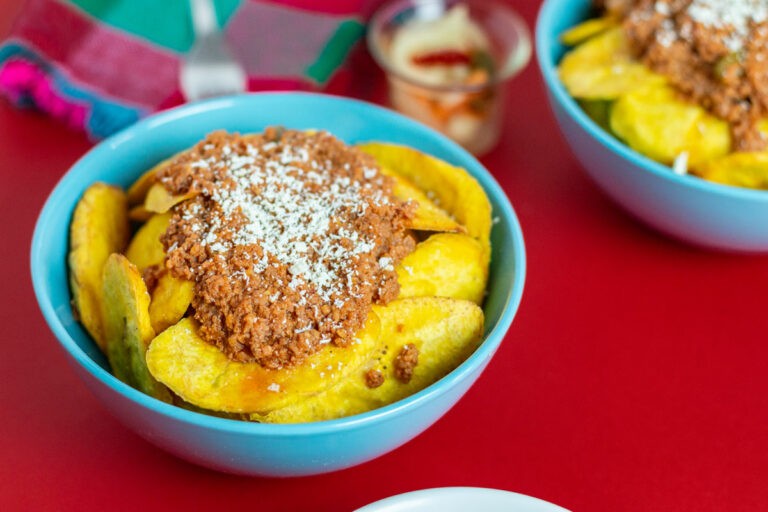Introduction to Honduran cuisine
Honduran cuisine is a blend of indigenous, Spanish, and African influences that have come together over centuries to create a unique and diverse culinary tradition. The cuisine of Honduras is characterized by the use of local ingredients such as corn, beans, rice, plantains, and fresh seafood. The country’s coastal regions are known for their seafood dishes while the central and western regions are known for their hearty stews and grilled meats.
The influence of Mayan civilization
The Mayan civilization was one of the most advanced and influential cultures in pre-Columbian America. The Maya were known for their complex social structures, impressive architecture, and advanced agricultural practices. They also had a diverse cuisine that relied heavily on corn, beans, and other local ingredients. The Maya lived in what is now Honduras for centuries, and their influence can still be seen in the country’s cuisine today.
Ingredients of Mayan origin in Honduran cuisine
The Maya were skilled farmers who cultivated a wide variety of crops, including corn, beans, squash, and chili peppers. These ingredients are still staples of Honduran cuisine today, and they are used in a variety of dishes such as baleadas (a type of tortilla filled with beans, cheese, and other ingredients) and sopa de res (beef soup with vegetables and corn). The Maya were also known for their use of chocolate in savory dishes, and this tradition has been carried on in Honduras through dishes such as mole (a sauce made with chocolate and chili peppers).
Traditional Mayan dishes in Honduras
There are several traditional Mayan dishes that are still popular in Honduras today. One of the most famous is tamales, which are made with corn dough and filled with meat, cheese, or vegetables. Another popular dish is chilate, a drink made with roasted corn, cocoa, and spices. Tostadas (fried corn tortillas) and pupusas (stuffed corn cakes) are also popular dishes with Mayan origins.
Mayan-inspired modern Honduran cuisine
While traditional Mayan dishes are still popular in Honduras, modern chefs are also incorporating Mayan ingredients and techniques into their dishes. For example, some restaurants are using chocolate in savory dishes such as chicken mole or beef stew. Others are incorporating indigenous spices such as achiote (a red spice made from annatto seeds) into their recipes. These modern dishes are a testament to the lasting influence of Mayan culture on Honduran cuisine.
Conclusion: The lasting impact of Mayan culture on Honduran cuisine
The Mayan civilization may have disappeared centuries ago, but its influence on Honduran cuisine can still be felt today. From the use of corn and beans to the incorporation of chocolate and indigenous spices, the Mayan legacy is alive and well in Honduran kitchens. Whether you’re enjoying traditional Mayan dishes or modern interpretations of the cuisine, the flavors of Honduras are a delicious reminder of the country’s rich cultural heritage.

